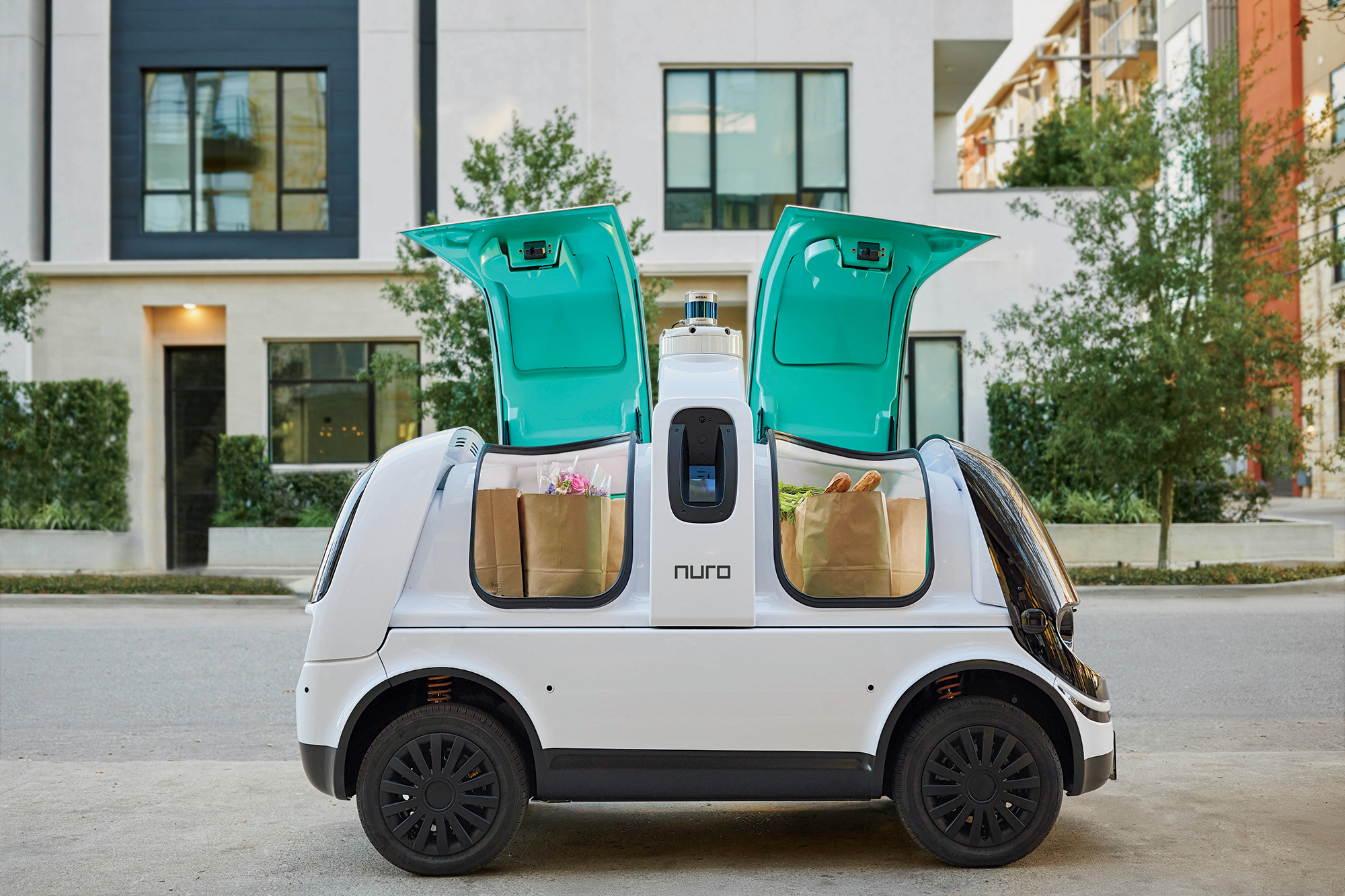Robot Cars Are Coming, Are Robot Car Shippers Next?

Autonomous trucks are poised to be one of the biggest scientific and technological innovations in the world of road-based shipping. A few autonomous cars and trucks are already on our roads, and recently, Google’s Waymo and truck manufacturer Daimler teamed up to create innovative new automatic semi-trucks.
So, robot cars are already here and robot semi-trucks are on the horizon. But what about robot car shippers? Will it be possible, in the future, to ship your car across the state – or across the country – using a fully-automated robot car shipper, such as an automated semi-truck with a car carrier? Let’s explore the challenges and benefits of shipping cars with automated trucks now.
Robot Car Shippers May Be Adopted After Widespread Use Of Autonomous Trucks
It’s highly likely that, in the future, robot car shippers will be in use in some capacity on US roads and highways. When properly implemented, it’s hard to beat the benefits of autonomous vehicles, such as:
● The ability to drive 24/7 or at off-peak hours
● Lower overall personnel costs
● Enhanced fuel efficiency
● More consistent delivery and fulfillment time frames
● Better safety with fewer crashes, injuries, and deaths due to operator error
While fully self-driving trucks may still be a little while away from widespread adoption, these benefits are sure to drive many trucking companies to invest in robot semi-trucks – and this includes robot car shippers, too.
Understanding The Challenges Of Automating Robot Car Shipping
While it’s highly likely that autonomous vehicles will, in the future, be used to ship cars, there are some unique challenges of automating car shipping that are not present in other forms of truck-based freight. Here are just a few of them.
Loading & Unloading Vehicles
While an autonomous vehicle may be able to do things like drive on highways without human intervention, and recognize common road elements like stop signs, traffic lights, highway exits and other such things – and react accordingly – this is not likely to happen for vehicles that are being loaded and unloaded onto a car carrier.
Simply put, this is too uncommon for most AV companies to invest time and money into creating the systems required to do so. A car may be loaded onto a truck only a few times during its entire lifespan, so programmers are not likely to spend time programming the car to be loaded and unloaded automatically.
This means that car shippers will still need to hire personnel to manually drive and load cars onto – and off of – automated trucks. Even if robot car carriers become commonplace in the future, this is not likely to change.
Door-To-Door Service
Most other freight shipments are “terminal-to-terminal,” meaning that a semi-truck is loaded up at a loading dock, and then the shipment is driven to another “terminal,” where the freight is then unloaded at another loading dock.
Robot car shipping is different. Most customers opt for “door-to-door” service. This means that the car is picked up at a customer’s home, or another parking area of their choosing. Then, it’s loaded into the truck and delivered to another place of their choosing – like their new home in a different city or state.
While small passenger AVs may be able to easily handle driving through residential areas and narrow streets, larger and bulkier automated trucks may not be able to do so for quite a while. It’s likely that robot car shipping trucks will need to be driven by a human operator in these areas to ensure the safety of the truck and the vehicles that it’s delivering.
Delivery Confirmation And Paperwork
According to a1autotransport.com, another major challenge is that customers will need to sign for their cars and confirm delivery, as well as the condition of their vehicle after it’s been delivered. For robot car shippers to work, companies will need to make major investments into automated, digital tools to accomplish these tasks.
While this is possible, the cost of creating digital systems for delivery confirmation, paperwork, customer support, and other such things may outweigh the benefits of doing so – at least in the short-term. This is yet another hurdle that robot car shippers will face in the next 10 or 20 years.
Humans Will Remain Involved In The Auto Shipping & Delivery Process For A Long Time
Overall, these challenges mean that it’s highly likely that human operators will be present during at least part of the shipment and delivery process.
While the robot truck may drive on the highway by itself, for example, a human driver may be required to drive the truck to its final destination, move the vehicle off of the truck for the client, get them to fill out paperwork, and complete other such tasks that can’t be easily automated.
In this way, it’s likely that robot car shippers will combine the best of both worlds – offering the benefits of autonomous trucking, while still requiring human operators for a personal touch.